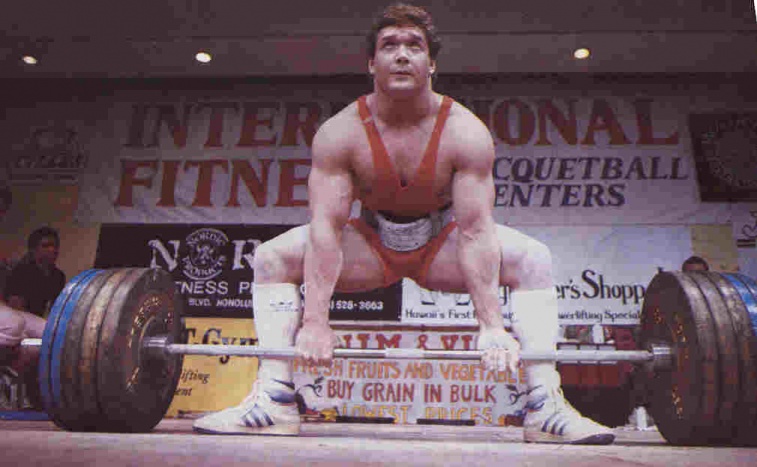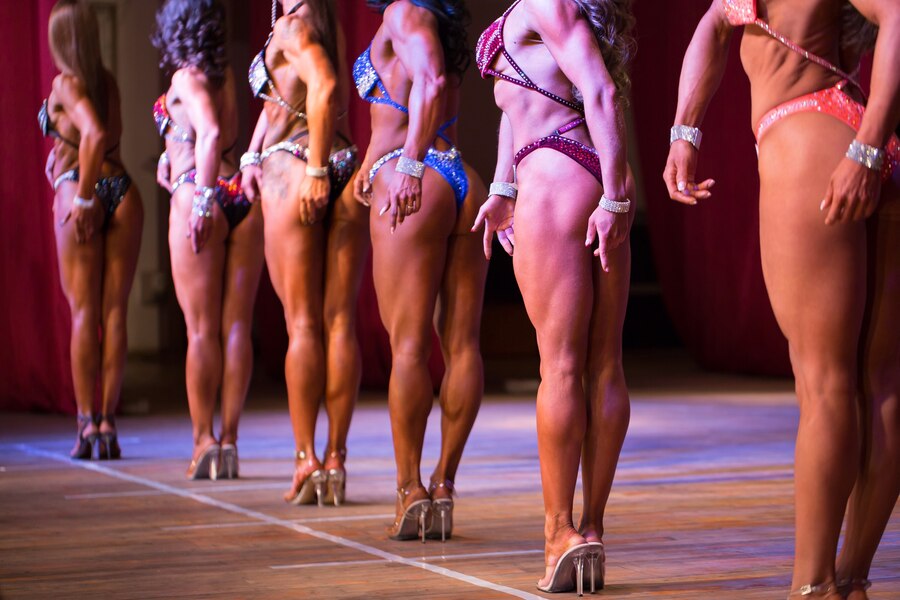Many people talk about the posterior chain, but what is it? Well, the posterior chain are the muscles along the back of your body, including the glutes, hamstrings, lower back, and calves. Building posterior chain strength is crucial not only in the powerlifting world, but the real world as well to prevent back pain and injuries.
Here are some scientifically proven exercises to enhance posterior chain strength:
1. Deadlifts
- Why: One of the most effective exercises for the entire posterior chain, working the glutes, hamstrings, lower back, traps, lats, and even the calves.
- Variations:
- Conventional Deadlift
- Sumo Deadlift
- Romanian (aka Reverse) Deadlift
- Trap Bar Deadlift (basically a conventional deadlift but using a Trap Bar)
2. Hip Thrusts
- Why: Isolates the glutes while minimizing spinal loading. Great for targeting glute hypertrophy and strength.
- Variations:
- Barbell Hip Thrusts
- Banded Hip Thrusts
3. Glute Bridges
- Why: Similar to hip thrusts but can be performed without weights. Activates the glutes and hamstrings effectively.
- Progressions:
- Weighted Glute Bridge
- Single-Leg Glute Bridge
4. Good Mornings
- Why: Strengthens the lower back, glutes, and hamstrings. Requires proper form to avoid injury.
- Variations:
- Barbell Good Mornings
- Banded Good Mornings
5. Bulgarian Split Squats
- Why: Single-leg movement targeting the glutes, hamstrings, and quads. Excellent for building unilateral strength and stability.
- Variations:
- Weighted Bulgarian Split Squats
- Bodyweight Bulgarian Split Squats
6. Reverse Lunges
- Why: Targets glutes and hamstrings, with additional benefits for balance and coordination.
- Progressions:
- Barbell Reverse Lunges
- Dumbbell Reverse Lunges
7. Nordic Hamstring Curls
- Why: Among the most effective exercises for hamstring strength and injury prevention.
- How to Perform:
- Place padding on the floor for your knees. Kneel down on the padding. Get a partner or anchor to hold your feet in place. Slowly lower your body eccentrically. Once you are near the ground, push up slightly and curl with your hamstrings to bring yourself back into the kneeling position.
8. Romanian (aka Reverse) Deadlifts (RDLs)
- Why: Focuses on the hamstrings and glutes with a strong emphasis on eccentric loading.
- Variations:
- Dumbbell RDL
- Barbell RDL
- Single-Leg RDL
9. Kettlebell Swings
- Why: A dynamic movement that builds explosive power in the glutes and hamstrings.
- Variations:
- Two-Handed Swings
- One-Handed Swings
10. Glute-Ham Raises
- Why: Excellent for developing strength and hypertrophy in the hamstrings and glutes while protecting the lower back.
- How to Perform:
- Performed on a glute-ham developer (GHD) machine or a similar setup.
11. Sled Pulls and Pushes
- Why: High-impact, functional posterior chain exercise that also improves conditioning.
- Variations:
- Sled Drags (Backward or Forward)
- Sled Pushes
12. Pull-Throughs
- Why: Targets the glutes and hamstrings with minimal spinal loading.
- Equipment:
- Cable Machine or Resistance Bands
13. Back Extensions
- Why: Isolates the lower back while engaging the glutes and hamstrings.
- Variations:
- Weighted Back Extensions
- 45-Degree Hyperextensions
14. Single-Leg Romanian Deadlifts
- Why: Unilateral exercise that improves balance, coordination, and posterior chain strength.
- Progressions:
- Bodyweight
- Dumbbell or Barbell Loaded
15. Box Step-Ups
- Why: Functional movement engaging the glutes, hamstrings, and quads.
- Variations:
- Weighted Step-Ups
- Alternating Step-Ups
Tips for Strengthening the Posterior Chain:
- Progressive Overload: Gradually increase the resistance or intensity.
- Proper Form: Prioritize form to avoid injury, especially in exercises like deadlifts and good mornings.
- Balance Push and Pull Movements: Include pulling exercises like rows and chin-ups to complement posterior chain work.
- Warm-Up and Mobility: Prep the muscles with dynamic stretches and mobility drills.
You can add these movements into your current training program or supplement movements you may already be doing to focus more on the posterior chain (for example, if you are doing walking lunges now, replace them with reverse lunges to focus on the posterior).
It is also important to have the proper set and rep range and frequency per week to build strength. Current science says that reps should be in the 1-6 range (with intensity of those reps in the 75%-90% of your 1RM for the exercise), sets should be 3-6 per exercise, and frequency should be 2-3 times per week. When training for strength, you can also rest longer than for hypertrophy, with 2-5 minutes rest between sets.
Program Examples
Linear Progression (Beginner):
- Example:
- 3×5 @ 75–85% 1RM
- Progressively add weight each session.
Intermediate (Texas Method or 5/3/1):
- Example:
- Week 1: 3×5 @ 80%
- Week 2: 3×3 @ 85%
- Week 3: 1×1–5 @ 90%
Advanced (Wave Loading):
- Example:
- Week 1: 4×6 @ 75%
- Week 2: 5×5 @ 80%
- Week 3: 6×4 @ 85%


